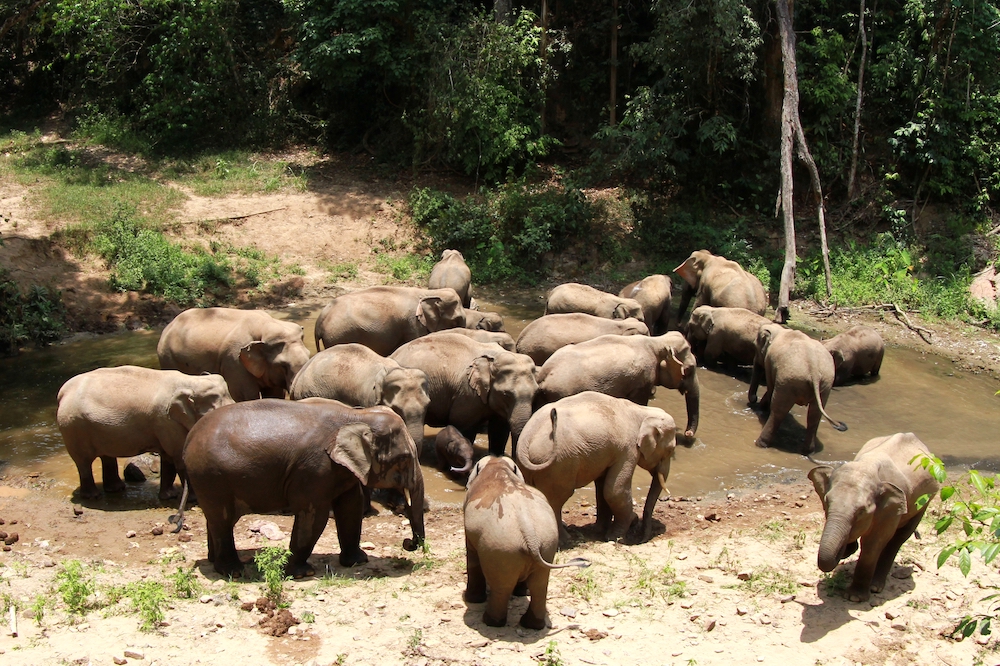 China’s Rare Fauna, Flora Are Flourishing in the Wild, Gov’t Body Says
China’s Rare Fauna, Flora Are Flourishing in the Wild, Gov’t Body Says(Yicai Global) May 22 -- The number of snow leopards, Siberian tigers, Tibetan antelopes and other endangered species are multiplying in the wild in China, and so are endangered plants such as cycads and orchids, thanks to the country’s strong emphasis on conservation, the government body in charge of grasslands, forests, wetlands and wildlife said today.
There are now more than 300 Asian elephants in the wild, six troupes of Hainan gibbons with 37 members and over 1,300 white-headed langurs, the National Forestry and Grassland Administration said, citing a recent study of more than 300 rare flora and fauna.
Siberian Tigers now roam from the Changbai Mountains in the north of the country to the Khingan mountain range in the northeast and have reached a population of around 60, it said.
China has been promoting both in situ and ex-situ conservation programs in recent years and as a result the habitat and breeding environment for rare flora and fauna is steadily improving, a person from the administration told Yicai Global.
The distribution of pangolins is spreading, and the populations of snow leopards, golden snub-nosed monkeys and Mangshan ironhead snakes, to name a few, are on the rise, it added. There are 698 giant pandas in captivity around the world and some 1,496 crested ibises have been bred in captivity.
The number of Magnolia sinicum, one of the most threatened magnolia species in the world, has increased from six at the time it was discovered to 15,000, the administration said. The Qiaojia pine, a critically endangered pine native to a single locality in southwestern Yunnan province, has burgeoned to 3,000 from just 34 and there are now more than 4,000 Baishanzu firs, which grow at an altitude of 1,850 metres, up from three when they were first discovered.
China has set aside 10.3 percent of its land area for the construction of national parks and botanical gardens, he said. Covering 1.1 million square kilometres, it will be the biggest environmental protection scale in the world, safeguarding more than 80 percent of the country’s endangered wild animal and plant species and their habitats.
There is room for 49 national parks and the first five have already been set up. By 2025, some 75 percent of wild animals will fall under national protection as of 2025 and around 80 percent of wild plants, the person said, citing the 14th Five-year Plan, which runs from 2021 to 2025,
Biological diversity improves the value of ecological systems. For example, the value of biodiversity in Yunnan province in 2020 was CNY7.5 trillion (USD1.1 trillion), an increase of 14.3 percent over 2010, according to the Chinese Academy of Environmental Planning. And this boosts tourism and productivity in the area.
Editor: Kim Taylor